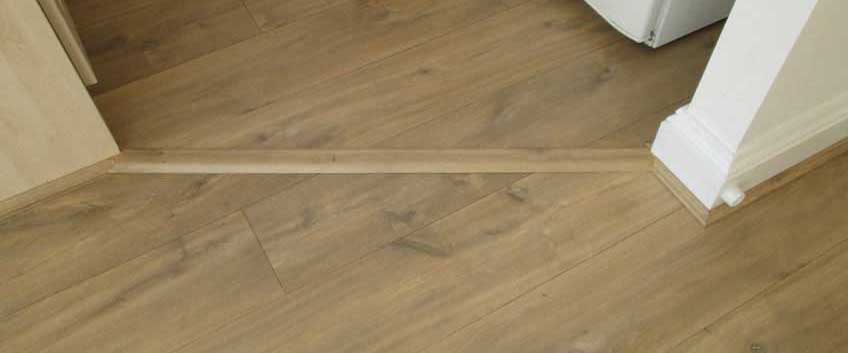
Our London flooring experts are often asked – what is the difference between solid wood and engineered wood floors, so we decided to explain it to you in this article. The answer is very simple. The main difference between both wood flooring materials is:
- Solid wood floors are made from one single piece of milled wood and for that reason, they are often called real wood floors. Solid wood floors come in one solid piece of timber and are installed that way.
- Engineered wood floors come in planks. Every plank is made from numerous layers of lumber material or plywood, fitted crisscrossed and glued together then topped with a real wood veneer.
However, we believe this is not the full answer to your question, because if you are going to choose between both options for your wood floor fitting project, you want to know more about functionality, resistance, hardwearing power, longevity, durability and all the aspects, which often make one type of wooden flooring preferred to another.
When installed solid and engineered wood will look completely the same and it is hard even for experienced professionals to tell the difference. So, if you are going for that natural elegance and classy look, both options go to your list. Now, solid wood and engineered wood have both their specific positives and negatives, although they are pretty similar and if solid or engineered wood will be beneficial for your project highly depends on which of both is more suitable for your property.
We completely understand that solid wood is the desired product when purchasing wooden flooring and the main reason is that people often don’t understand that engineered wood is the same product, manufactured according to a different methodology. Both options are sturdy and solid and will provide durability and longevity, so they are recommended even for premises with high traffic and level of everyday use.
The main difference as our professionals suggest is the installation methodology. Solid wood can be considered the more sensitive option, often contracting and ballooning due to humidity and high-temperature amplitudes. The timber can be glued or nailed down directly to the subfloor and every movement can cause some issues. Because of that, solid wood is recommended for relatively drier areas to prevent problems. Engineered wood, on the other hand, comes with great installation flexibility. For damp and uneven subfloor or humidity areas, the floating fitting method for engineered wood is a great option and the construction will be super sturdy and durable. Engineered wood is also great with underfloor heating and insulation.
Nowadays we can consider engineered wood as not just a cheaper alternative to solid wood but a worthy competition. Engineered wood manufacturers keep their ears peeled for the feedback of the clients and improve the flooring product to the point where engineered wood completely competes with solid wood and in some cases, it is even better. If you would like to know more about both and what is the best option for you, feel free to contact our experts.